Charles Bombardier is at it again. This time, with the help of Slovak industrial designer Jan Bujnak, a graduate from the Academy of Fine Arts and Design in Bratislava. And what has he designed, nothing short of a near-fully enclosed canopy on a PWC. Titled “The Oneida,” the personal watercraft (PWC) was designed to be used during “three seasons of the year instead of one,” although we know many diehards continue to ride year ’round. Based upon an existing Sea-Doo platform, the Oneida includes a transparent canopy to shield riders from cold winds and splashes.
The cockpit is designed to incorporate a strong, transparent canopy; a structure that looks similar to that of a helicopter. Bombardier had no suggestions for the kinds of materials his design would employ. He went into further detail, noting: “There should be enough space inside the cockpit so the pilot and passenger feel at ease when riding. The engine’s heat would be used to warm the people inside, and in the summer, an air conditioning system could be installed if the owners wished to keep the cockpit on. A sun shade could be built into the roof, or maybe parts of the canopy could be darkened to reduce sun glare.”
Again, while many more adventurous riders refuse to dry dock their PWC when the going gets tough, Bombardier’s design for the Oneida could open up all-season riding to a vast majority of those who live in colder northern regions. Additionally, he submits: “It could also be used to carry out rescue missions along dangerous coasts where the surf breaks near rocks because the pilot would be more protected from falling off. Even if a series of waves kept rolling the vehicle, the driver would remain safe inside his cockpit.”
Although the instances of a rollover are far more rare today with larger, more stable craft, the fear of swamping the canopy, filling with water and acting like a net might deter many from the Oneida. Of course, only time will tell.





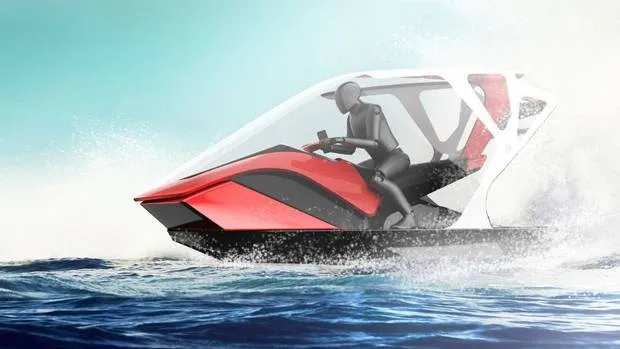
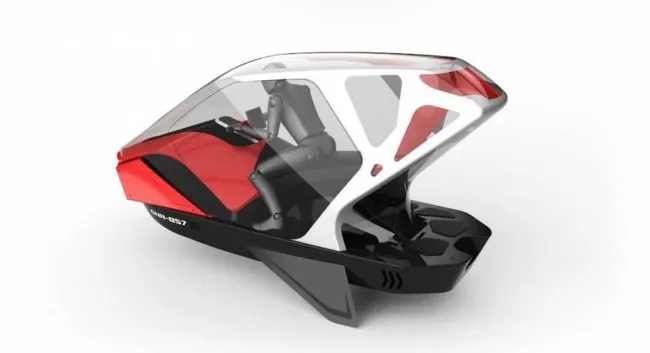
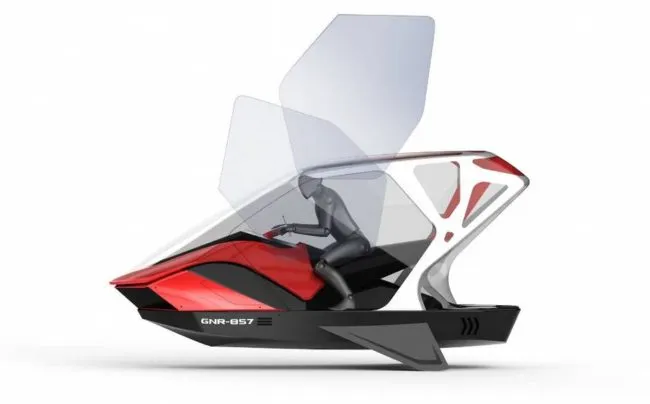
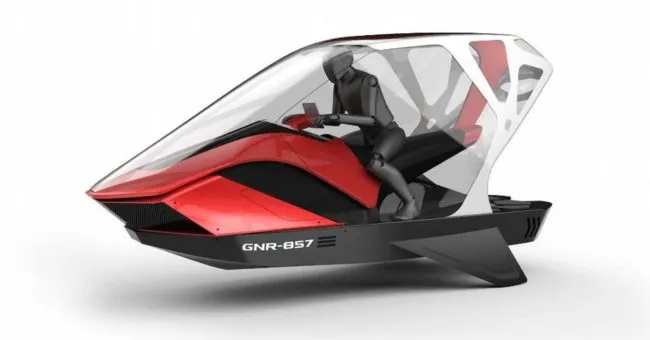
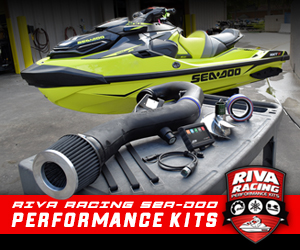
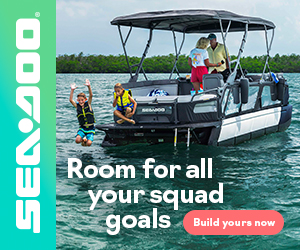

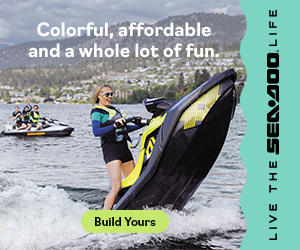
Will you break your neck when you hit the canopy?
If so, seatbelts will be needed.
If seat belts are used, then the possibility of drowning is severe…
If you read the original link, Charles suggests helmets too.
When the pwc is overturned, will it hold a large amount of water? Will it drain quickly enough to prevent sinking and/or engine flooding?
You’ll note that we commented on that fact. But by appearances, it looks like the back is open to a certain degree. Again, this is a CAD design, not a functioning prototype.